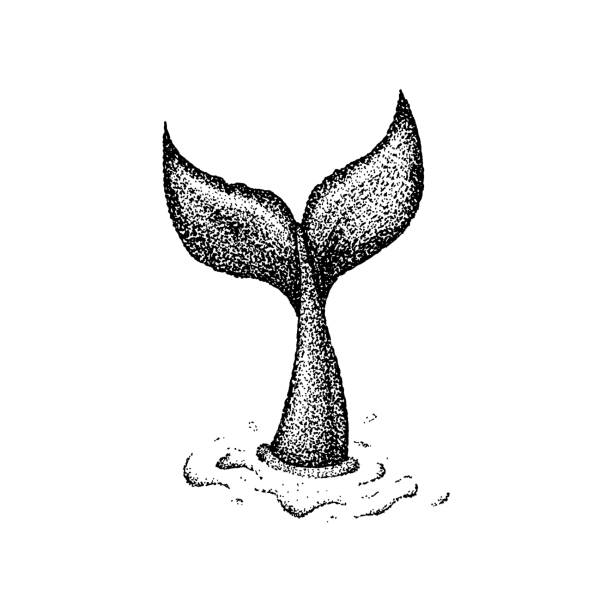introduction
There are exhibition halls all around the world that are homes to large number of compositions and models that have characterized the craftsmanship world over the entire course of time. From Van Gogh’s well known present impressionist compositions on Michelangelo’s Renaissance work, these popular fine arts have become more than things to check out — they’ve become piece of our more prominent culture.
It’s not unexpected a troublesome undertaking to re-make these popular fine arts in tattoo structure. A few pieces require huge itemizing, while others use colors that appear to run into one another — a hard impact to accomplish with tattoo ink. In any case, experienced and capable tattoo specialists have figured out how to decipher these show-stoppers into bits of ink that can be respected similarly.
Whether you’re searching for motivation or you simply need to see some living craftsmanship, the following are 15 tattoos in view of well known show-stoppers.
01
of 15
Magritte “The Lovers” Dotwork Tattoo
René Magritte’s “The Lovers” is a renowned piece including two darlings kissing, both with a sheet over their head. While the work of art utilizes a ton of authenticity, while making an interpretation of it to a tattoo, have a go at stirring up the styles to accommodate your inclinations — like how this plan utilizes dotwork to accomplish the general picture.
02
of 15
Chomp “The Scream” Tattoo
“The Scream” by Edvard Munch is another painting that you don’t need to be a workmanship history buff to be aware. The canvas makes for an extraordinary tattoo, as it has a natural sense to it, and the plan makes splendid varieties and streaming lines that mix consistently into each other.
03
of 15
Jackson Pollock Tattoo

Jackson Pollock’s splatter workmanship looks as great spread across an immense material as it does inked onto your skin! The theoretical expressionism of his work figures out how to convert into ink structure, and the over-simplification of his work implies you can put together a tattoo with respect to a particular piece or make your own in reverence.
04
of 15
Keith Haring Figure Tattoo
Keith Haring’s work with little, vivified figures is the two his most renowned work and his generally productive. His work of art comprises of various improved on figures moving, making it simple to pick a couple of figures to get inked, instead of an entire piece (a considerable lot of which were gigantic in any case). zinus bed frame
05
of 15
Cabanel “The Fallen Angel” Tattoo
At times the justification for respecting a composition isn’t simply because of the craftsman behind it but since of the feeling it conveys. This tattoo, which portrays “The Fallen Angel” by Alexandre Cabanel, is overflowing with torment and misery from the fundamental figure’s face, making a general feeling of feeling and authenticity.
06
of 15
Georgia O’Keeffe Flower Tattoo
Georgia O’Keeffe is known for making enormous, flowing bloom canvases that overlap in practical ways. In this tattoo, the enormous botanical components figure out how to abstain from appearing to be overpowering with the utilization of negative space and a restricted region.
07
of 15
Degas “The Star” Ballerina Tattoo
Degas is renowned for his painting including artists, and his figures figure out how to be practical enough while staying adapted. This particular artist is from “The Star,” which includes a ballet performer finishing a performance dance, and could address either an adoration for the craftsman, being at the center of attention, or even the topic of seclusion.
08
of 15
Basquiat Crown Tattoo
Basquiat’s work utilized splendid varieties and whimsical lines, however he figured out how to make a mark image: the crown. Keep it a basic shape and utilize overabundance or somewhat lost lines to emulate the craftsman’s style.
09
of 15
Bosch “The Garden of Earthly Delights” Tattoo
Hieronymus Bosch’s “The Garden of Earthly Delights” is a staggering, diverse piece that portrays the making of a natural heaven by God. Since there are an excessive measure of figures inside the composition, anybody can find a figure they interface with — like the multi-equipped owl figure highlighted here.
10
of 15
Renoir “Little Irene” Tattoo
Pierre Renoir’s work is comprised of a great deal of brushstrokes, expected to make a delicate, unique impact. That is not the least demanding thing to mean a tattoo, yet on the off chance that made by an accomplished craftsman, the subsequent work will be both practical and marginally obscured — like the “Little Irene” ink displayed here.
11
of 15
Kandinsky Tattoo
Wassily Kandinsky is known for assisting with spearheading unique craftsmanship, and his work comprises of brilliantly hued and striking lines and shapes that make both sensical and strange plans. Since his work is so dynamic, making your own Kandinsky-esque plan will make the expected effect similarly as much as inking a genuine piece of his craft.
12
of 15
Basquiat Tattoo
Basquiat’s work is genuinely conceptual. While it draws from human figures and reality, his style changes them into fundamental, striking shapes. These pictures can undoubtedly be inked thanks to their straightforwardness, yet getting the course of action to look satisfying is difficult and it makes Basquiat’s work so well known.
13
of 15
Monet Water Lilies Tattoo
Monet’s water lilies series is a portion of his most well known work, and pieces should be visible in exhibition halls everywhere. While impressionism is certainly not a simple style to re-make in ink, when the delicate look joins with strong varieties, it makes for an assertion tattoo.
14
of 15
Picasso “Sobbing Woman” Tattoo
Pablo Picasso is known for this cubist work, what separated figures to their fundamental shapes without neglecting to focus on what they are. This piece, “Sobbing Woman,” includes a lady crying, yet her face has been disconnected into triangles and squares, however it actually figures out how to depict a similar scene and feeling.
15
of 15
Matisse Tattoo
Henri Matisse’s work was renowned for its striking shapes and brilliant varieties, however a couple of explicit pictures of his work have become commonly known — like the female figure in this tattoo. In spite of being inked in dark as opposed to Matisse’s particular tone, the progression of the shape the general picture still firmly associate with the craftsman’s unique work.



